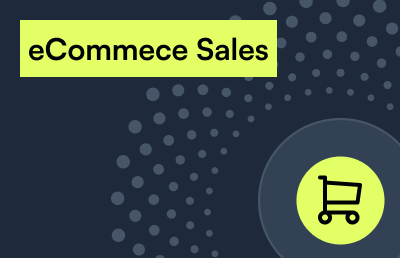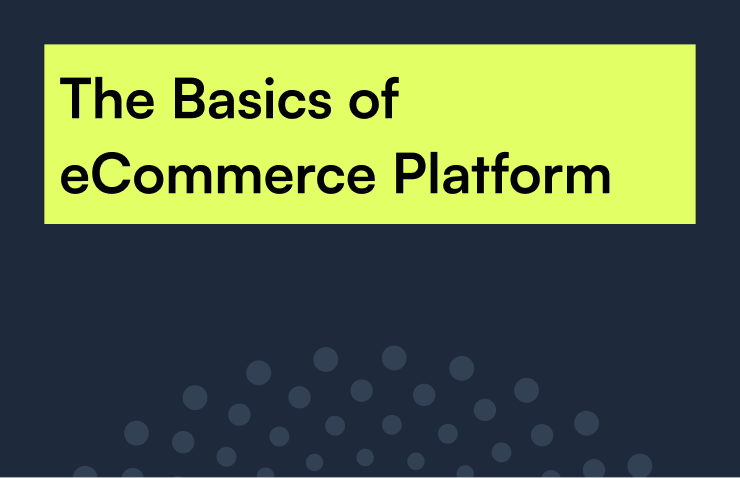B2B Buyer Expectations
If you were told your domestic eCommerce site was ignoring a soon-to-be trillion-dollar market, would you change your strategic roadmap for the next five years? Many top analysts and experts think that you should. According to recent Forrester research, eCommerce in the Asian marketplace “will nearly double from $733 billion in 2015 to $1.4 trillion in 2020.”
The upward trend in the Asian retail market is expected to continue, despite a plateau in the economies overall. With the middle and upper class becoming larger in countries like China and India – there is more demand for online commerce. Entering a global market is not without its obstacles, however. Having a strong eCommerce platform capable of handling the unique nature of the Asian eCommerce landscape is essential to success in entering the largely untapped potential of selling globally in Asia.
Forrester also discovered that China surpassed the US as the largest, and most profitable, eCommerce market globally. If you’re running on the Magento platform, you already have the site-wide tools to enable global selling like multi-currency support and a wide array of integrations and extensions to enable global shipping and law compliance. But there are a few quirks you should know about when planning to expand your site globally.
Payments
The cash culture for buying and selling goods in many Asian nations a prevalent on-going tradition. Making sure payments are simplified and secure can help sway customers that may be wary of purchasing online with a credit card. Integrations with mobile payment apps and mobile-optimized check-outs are the way to reach the booming market of Asian millennials.
India, for instance, is predicted to generate 5x more than its current eCommerce output by 2020 – but a good portion of the aging generation is still used to cash only transactions. A simplified interface and word-of-mouth marketing will be the best chance to enter the Asian market if your industry and product selection is generated towards this demographic.
More Mature Markets
Markets like Japan and South Korea have been major players in eCommerce spending for several years now – and the competition is getting fierce. With many of the products being sold manufactured in neighboring nations, shipping is quicker than international. When going after these markets, it’s important to give enticing shipping offers, these buyers tend to be less apt to pay for international shipping surcharges when they can get the item elsewhere without one
Site Experience
Marketing to the Asian buyer in different than marketing domestically. For instance, it is not enough to have just a “Google translate” version of your page – you should invest in a branding agency that knows the Asian markets for your site or hire a marketer with experience in Asian eCommerce. You will need to add an extension for your site to support Chinese characters as well, it is not a native Magento feature yet.
Want help planning a global strategy? Let us help.
Or see how we helped Jomashop expand into Asian markets for revenue success.



